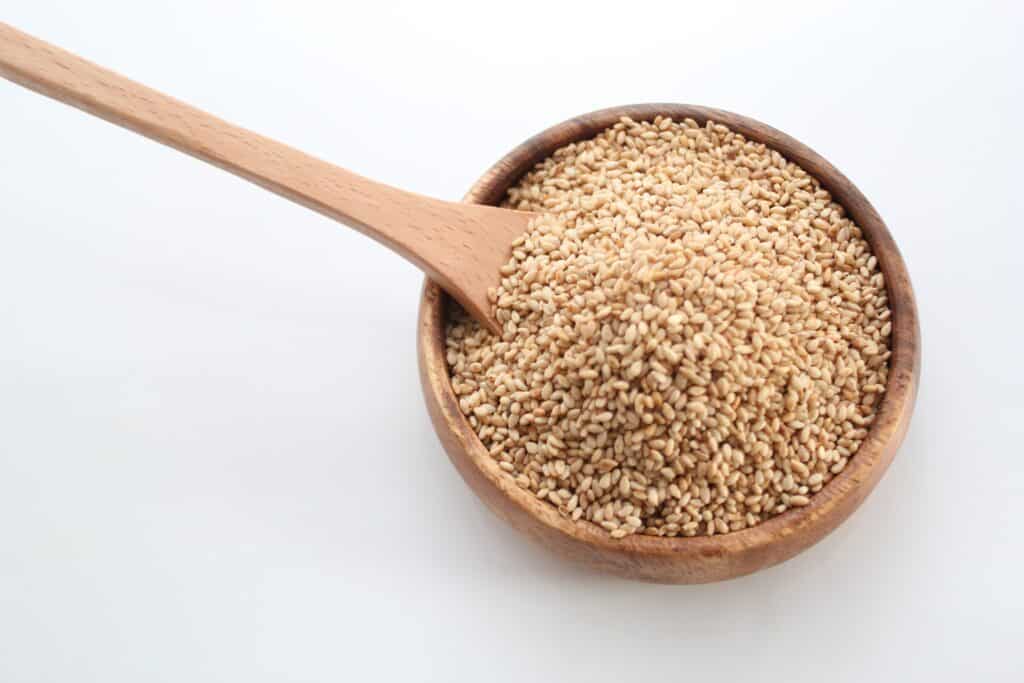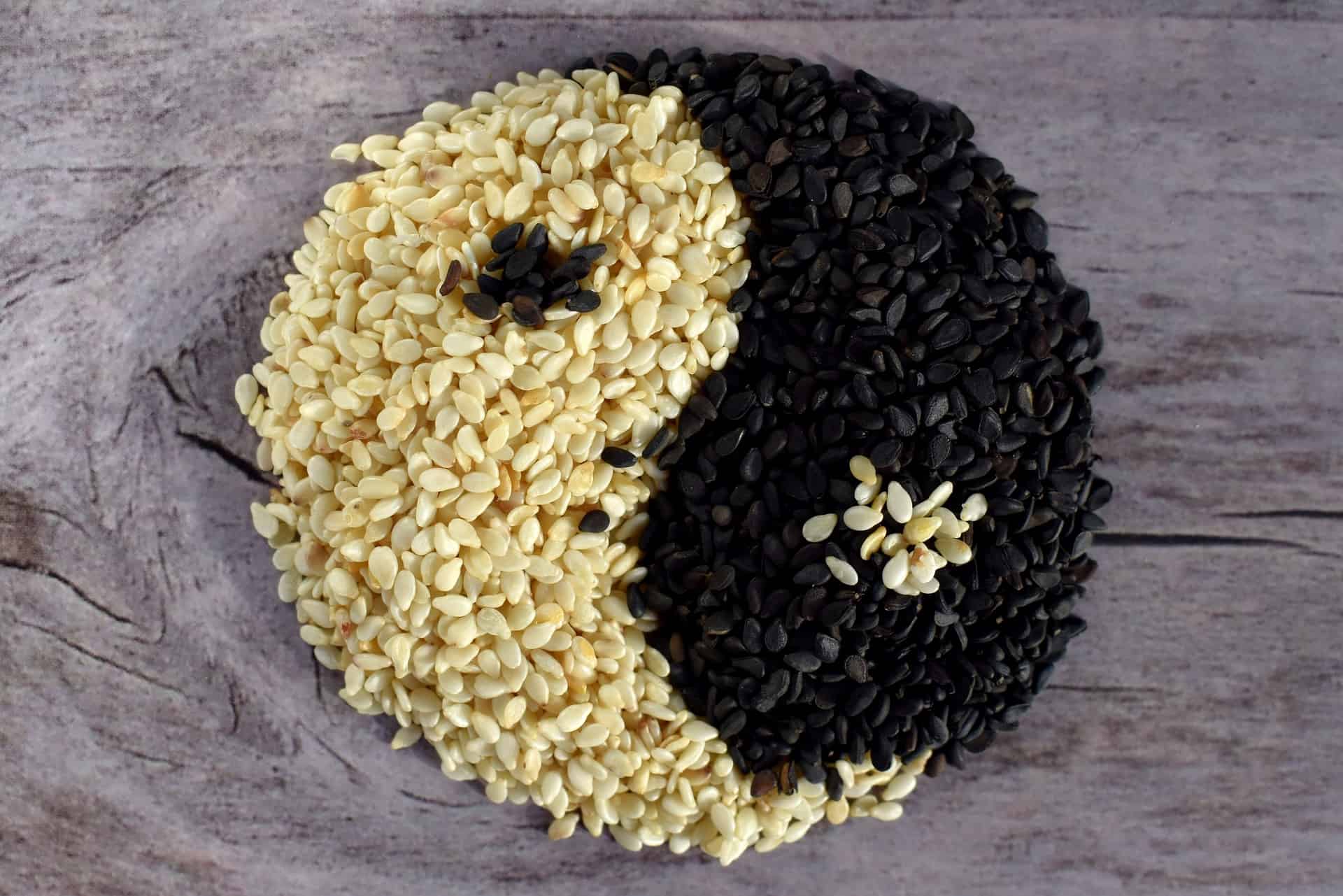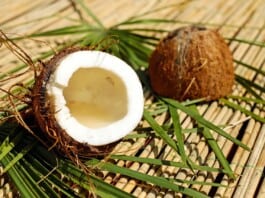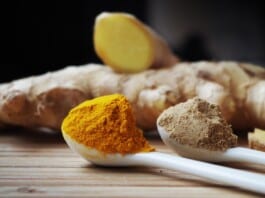Sesame seeds, the main constituents

Sesame seeds contain vitamins C,B, D, E, F and A, as well as calcium, selenium, magnesium, phosphorus. Sesame seeds contain fatty substances, protein substances, non-azotic extractive substances. The oil consists of glycerid-esters of oleic, linoleic, palmitic, stearic, aronic, linolenic, phytosterine, superior alcohols, non-saponificable compounds, sesamol and sezamolin.
Susan is an annual herbaceous plant, cultivated in tropical and Mediterranean areas. It has also been tried in our country to introduce sesame into agricultural crops, but mostly sesame seeds come from imports. Susan is used to garnish pastries and enters the penicillin-making process. The finest soaps are made from sesame oil.
How sesame seeds are used

In countries of origin, sesame seeds have many medicinal uses. Due to the mucilaginous substances, which they contain sesame leaves, they have emollient effects and are used in respiratory diseases, infantile cholera, diarrhea and dysentery, amenorrhea and dysmenorrhea, as well as cystitis.
The seeds are emollient, laxative and diuretic and are used in chronic constipation and hemorrhoids. Sesame seed oil has demulsogenic and emenagogic properties and is mainly used in dysentery and urinary tract disorders. It is used in small doses, 2-3 g, in higher doses being abortive.
The oil is also used in the form of frictions in migraines and dizziness, in combination with essential oils of conifers, Eucalypt, Lavender and Mint.
Due to the content of vitamins, sesame seeds help to strengthen and cleanse the body. Consume 15-20 g powder prepared from seeds, with a little water, 3 times a day, 10-15 minutes before meals. The burns are treated with a porridge made of ground sesame seeds, to which we add water. Change the dressing 2-3 times a day until it heals.
Sesame seeds can replace salt. Mix 5 tablespoons of sesame seeds with 3 tablespoons of flaxseed and 1 tablespoon of sea salt,roasted beforehand in a dry pan. Store the mixture in a tightly closed jar.

Sesame seeds contain 50% more protein than is found in meat. In vegetarian or fasting diets are prepared various salads, smoothies, hummus, in which the paste, or sesame seeds contribute to the intake of nutrients necessary for the body.
Sesame seeds are very rich in calcium and successfully replace milk. Consumption of sesame prevents osteoporosis. Seeds have a high energy value, having a significant intake in nutrition conditions. They are laxatives, emollients, antitumors and help detoxify the liver and kidneys. Sesame seeds strengthen the immune system, increase fertility and are aphrodisiac.
It is good to introduce a handful of sesame seeds every morning for breakfast, because they are very rich in calcium. They are a good source of selenium, magnesium and phosphorus, with a low fat and sodium content.




